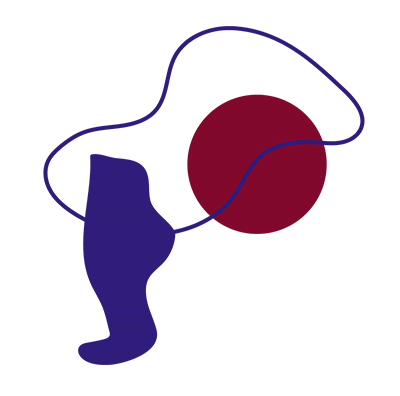Kathak Bandi Dance Collective - Dancing 'Me' Blog
What Inspires Me to Create What I Create
People and places. Since a very young age I have lived in many different countries and travelled extensively around the globe. I have walked in the crowded alleyways of the world’s most densely populated city- Dhaka, saw the sunrise in the Annapurna mountain range of Nepal, breathed in the cloud forest of Ecuador, walked with the giant turtles on the streets of Galapagos, hiked in the ancient forest of Borneo and the Amazon. Whether it is the trendy Champs-Elysees of Paris, the aromatic streets of Jemaa el-Fnaa in Marrakech or the dark caves of Mulu I am always experiencing people, places and life. How can I incorporate such rich experience into my art? OR am I allowed to bring in my personal experiences to reimagine the art form that is traditionally considered divine and sacred? If I don’t then am I not creating a divide between my life as a human and my life as an artist?
What is My Current Artistic Focus?
My current artistic practice focuses on the expansion of Kathak dance’s classical repertoire. Originating from the nomadic storytellers of North India this ancient dance form has survived through many transformations-from nomadic tribes it was taken to temples as a means of preaching about Hindu Gods and Goddesses through music and dance. From temples it moved to the Royal courts of the Mughals during the 16th century AD where it was heavily patronized by the emperors for entertainment. After the Mughals the dance came under the rule of the British colonial governments. Following the Indian independence in 1947, the dance form, once allowed to practice only by a group of artistic families, opened its door to the middle class and new ideas to reimagine the dance form started pouring in.
Despite its many stages of transformations, the majority of Kathak repertoire presented around the globe today still focuses around the Hindu mythology mainly Mahabharata and Ramayana. These are epic texts rich with historical events that certainly deserve special creative attention from any art maker. However, I strongly believe while it is important to continue the tradition, a classical art form needs to soak up the essence of time for its survival and for that time will be lost forever if it does not leave behind its footprint in the art form’s evolutionary trajectory.
The works I have created so far are strongly rooted in the movement and rhythmic vocabulary of Kathak, but I have always tried to explore the form’s hidden possibilities by reinventing its key elements and intermingling them with other art forms. The aim is to unlock the art form from a particular period and geography in the history and make it more ‘human’ and more ‘universally appealing’.
Do I Want to Create Just ‘Kathak Art?
This is a question I have been asking myself for quite a while. If I look back to the series of work I have created since 2016 I notice that the majority of them has been interdisciplinary. They have sometimes utilized dance as one of the many elements – theatre, spoken text, poetry, visual arts- necessary to build a production while at other times dance played the most important role in the creative process. I have never thought that simply because I am a dancer, I need to rely just on dance to express an idea. This process of working has perhaps been influenced by my exposure to the theatre back home in Bangladesh. Urban Street theatres, stage theatres are much more common and mainstream in Bangladesh than dance. New and old theatre productions run almost every night of the year at the experimental theatre hall at the country’s national fine arts institution. These productions bring music, dialogue, acting, dance, comedy – everything together to tell a story. Watching such a composite way of creating art has left an unforgettable mark in my memory that is now influencing the way I create work. If I felt that theatre can tell certain sections better than dance, I bravely incorporated it into the work. It will be too early and immature to say that I am creating dance-theatre that was mastered by the legendary German choreographer Pina Bausch but I am certainly inspired by her work.
Some of My Recent and Upcoming Work
In year 2018-2019, I have premiered one solo and one ensemble work
For year 2020-2021, I have embarked on two challenging works along with the new solo – Dancing ‘Me’- that I am presenting at PROSPECTS. One will be a full-length interdisciplinary work (working title ‘SOM’) that will explore the meaning of ‘SOM’ from both classical and contemporary perspectives. It will be a collaboration among dancers, theatre artists, musicians from Bangladesh and Canada. I met the music director in Bangladesh in January 2020 to discuss the creative process.
A second work (working title ‘Sights and Sounds of Home’) will be a multimedia work that will explore the interaction between dance, movements and projection. A group of talented filmmakers in Bangladesh is currently working on the film. Once completed, I plan to present the work as multimedia installation in museums, art galleries with proper facilities. The first footage of the film can be found here.
PROSPECTS: an evening of dance and discussion presents
Dancing ‘Me’
Choreographed and performed by Mushtari Afroz
Saturday, February 22nd 2020
7PM | Door at 6:30pm
Burlington Student Theatre
2131 Prospect St, Burlington ON
$20 advance | $25 at the door | PWYC
GET TICKETS HERE!
Learn more about the Kathak Bandi Dance Collective here







